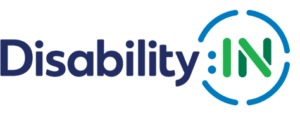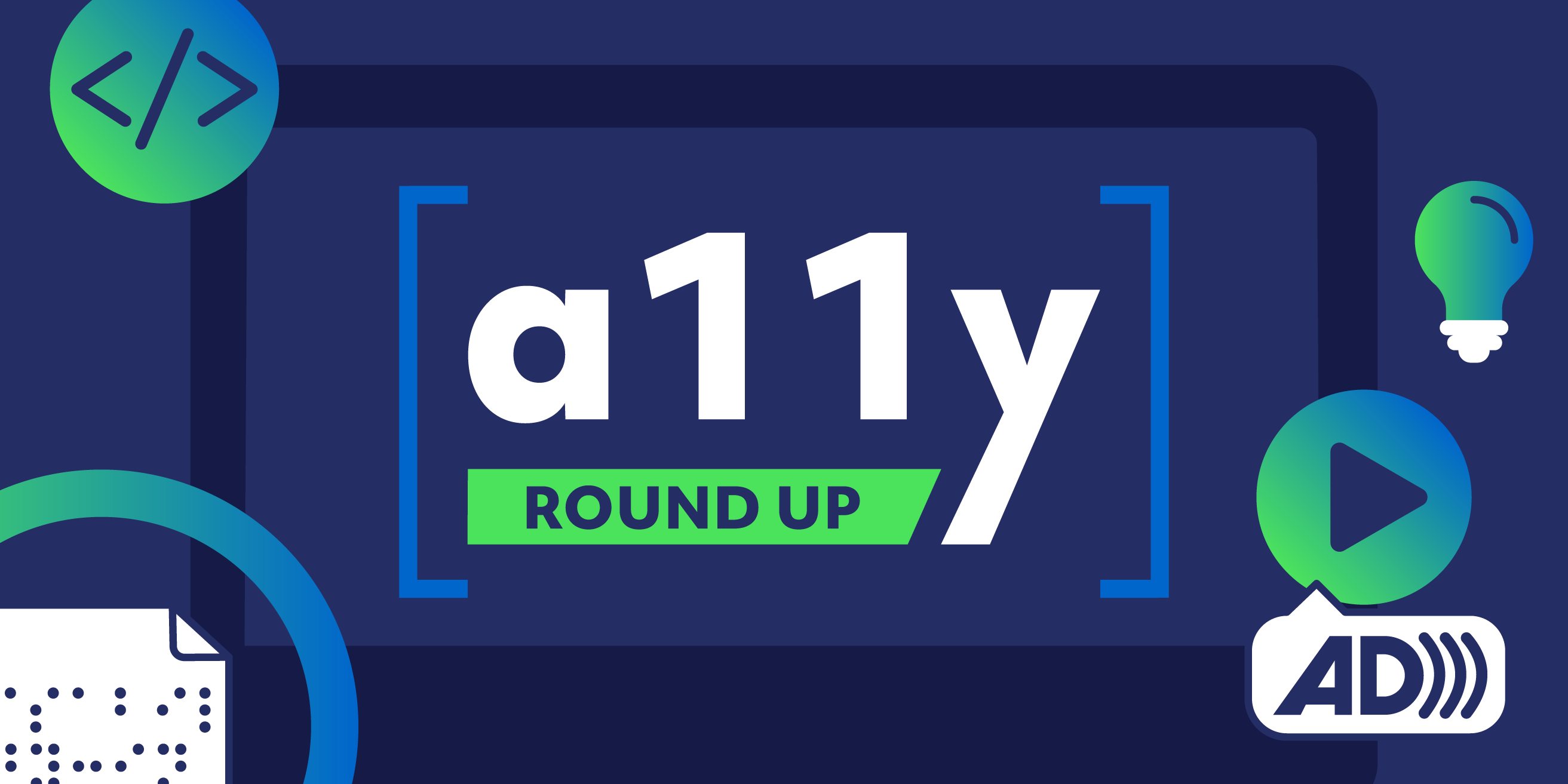As hybrid work continues, digital accessibility features are vital to many disabled workers.
ICYMI, yesterday, May 19, was Global Accessibility Awareness Day (GAAD), which aims to raise worldwide awareness about digital accessibility and inclusion. Now in its 11th year, GAAD falls on the third Thursday of May and, according to GAAD’s website, provides a platform “to get everyone talking, thinking, and learning about digital access and inclusion, and people with disabilities/impairments.”
The rise of remote work during the pandemic has created more opportunities for disabled people, who number 1 billion globally, but it also underscored the importance of ensuring that technology is accessible for all employees. GAAD is an opportunity for organizations to identify missing accessibility pieces across all digital tools they may use.
Georgetown Law describes digital accessibility as “the inclusive practice of removing barriers that prevent interaction with, or access to websites, digital tools and technologies, by people with disabilities.”
The GAAD Foundation website explains that some of the most common accessibility failures of websites are low-contrast text (where text color is too close to its background color), missing alt text from images (this text allows automated screen readers to verbally describe images to people with impaired vision), and links that don’t provide descriptors for screen readers, known as empty links.
In the workplace, these digital barriers can be detrimental to employees, as a 2021 study from the American Federation for the Blind found. The study found that about one in four participants “reported they could not fully access trainings required for their jobs. This impacted their productivity and sense of inclusion in the workplace.”
Breaking Barriers
Lapses in digital accessibility can create unnecessary barriers for disabled job applicants and employees, according to Jeff Wissel, chief accessibility officer at Disability:IN, a nonprofit that focuses on expanding disability inclusion in business.
“If my department is not focusing on accessibility, everything that we do, whether it be procuring HR systems for timekeeping, payroll, leave, time off, all these different things, then any employee that we have that has a disability that may use assistive technologies, may not be able to utilize that tool that’s a requirement for their role,” Wissel said.
GAAD Foundation co-founder Jennison Asuncion, who is also LinkedIn’s head of accessibility engineering evangelism, argues that digital accessibility is essential to HR professionals. “Whether it’s the recruitment straight through to the on-boarding experience, internal training, time and attendance, or any number of other areas, potential candidates and employees interact with a range of HR technology, making it vital for these to be accessible and usable by everyone, including by people with disabilities,” Asuncion said via LinkedIn
Legal Implications
Not only is digital accessibility an important business function, a number of lawsuits have argued that it’s covered by the Americans with Disabilities Act. The Department of Justice has also suggested that websites be made accessible to disabled people, and in March, the DOJ’s civil rights division released additional guidance outlining how web content should be accessible.
According to research from UsableNet, which “monitors and documents all digital accessibility-related lawsuits where a website, mobile app, or video content is the subject of a claim,” lawsuits related to accessibility are on the rise in the US. Its year-end report from 2021 indicates that there were more than 4,000 lawsuits filed in 2021, up 15% from the previous year.
Where to Start
Wissel says there are many steps HR professionals can take toward digital accessibility, including seeking outside help. He recommends they “evaluate the tools that employees need to use from an HR perspective, and that can be simply done by paging the accessibility department within the company, or potentially an outside vendor that does accessibility for you.”
According to Wissel, accessibility is something that must be thought of in every aspect of the employee experience and pointed out that most disabilities are age-related. “So you have to be thinking about [how] this whole process of accessibility will be experienced, from hire to retire.”

